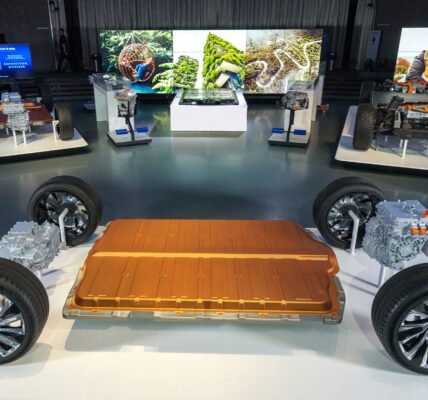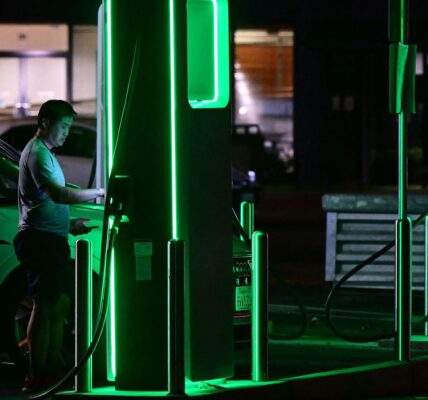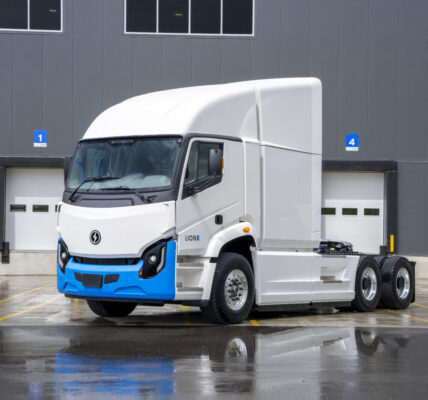Since taking over in June, Subaru’s new CEO, Atsushi Osaki, has decided to make some big changes for the brand. Now, the executive will effectively double the speed at which the Japanese automaker adopts electric vehicles.
“The U.S. market is shifting to electrification at a rapid clip, and the situation has changed considerably in just the past few months,” Osaki said at a press conference today. “In light of the speed of the EV shift in the U.S., we think it is the time to decide on BEV production in the U.S.”
While Subaru had previously said it would introduce four new EVs in the coming years, Osaki says the company will now launch eight, it expects that those EVs will amount to 400,000 sales per year in the U.S., which is about half of its current volumes.
By far its biggest market, Subaru also plans to localize production in the U.S. This part of the plan is still under consideration, but it hopes to start producing EVs there in the next four to five years.
Recent reports indicated that Toyota would start building a three-row, all-electric crossover for it in Kentucky by 2025, but Osaki would not confirm the rumor. While he noted that Subaru’s partnership with Toyota had been a fruitful one, he seems equally focused on getting the company to make its own electric vehicles.
In the highly profitable market, Osaki pointed out that a lot of Subaru owners also have a Tesla. By localizing production, the company also hopes to take advantage of tax incentives outlined in the Inflation Reduction Act.
Meanwhile, in the rest of the world, Subaru said it hopes to sell 600,000 electric vehicles – or half of its global volumes – by 2030. To achieve that, the automaker will start building EVs in Japan by 2025, on a line that can make around 200,000 vehicles per year. It expects to add another, similar line in Japan by 2027.
While the specifics of the new vehicles it produces remains unknown, Subaru previously said that the next four EVs it introduces will be crossovers. Osaki suggested that the four newly announced models could have more varied body styles. Batteries are expected to be provided by Panasonic and, like in Teslas, the cells will be cylindrical.








